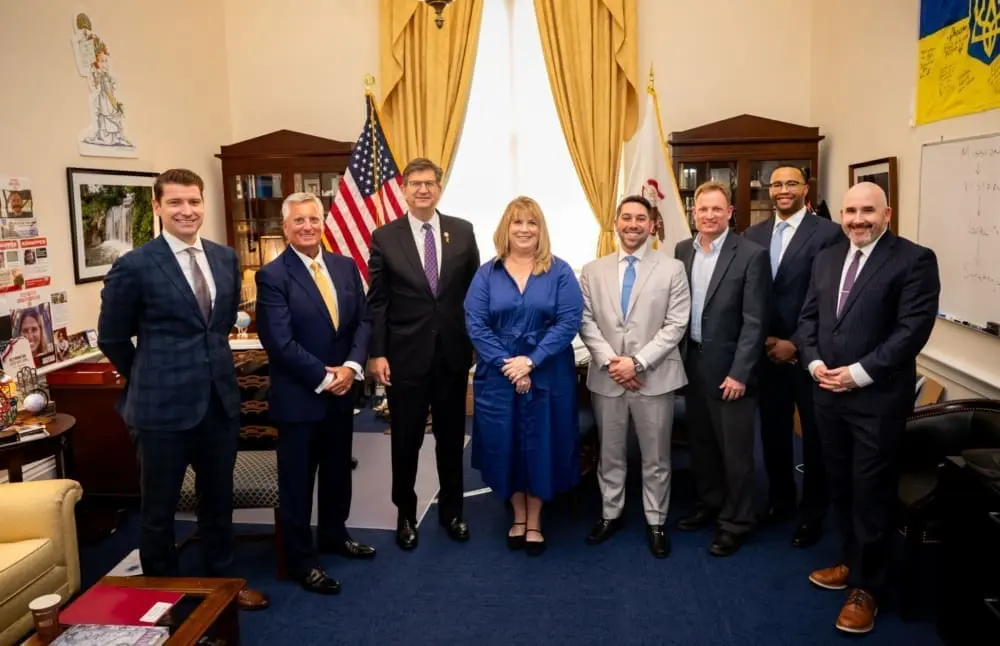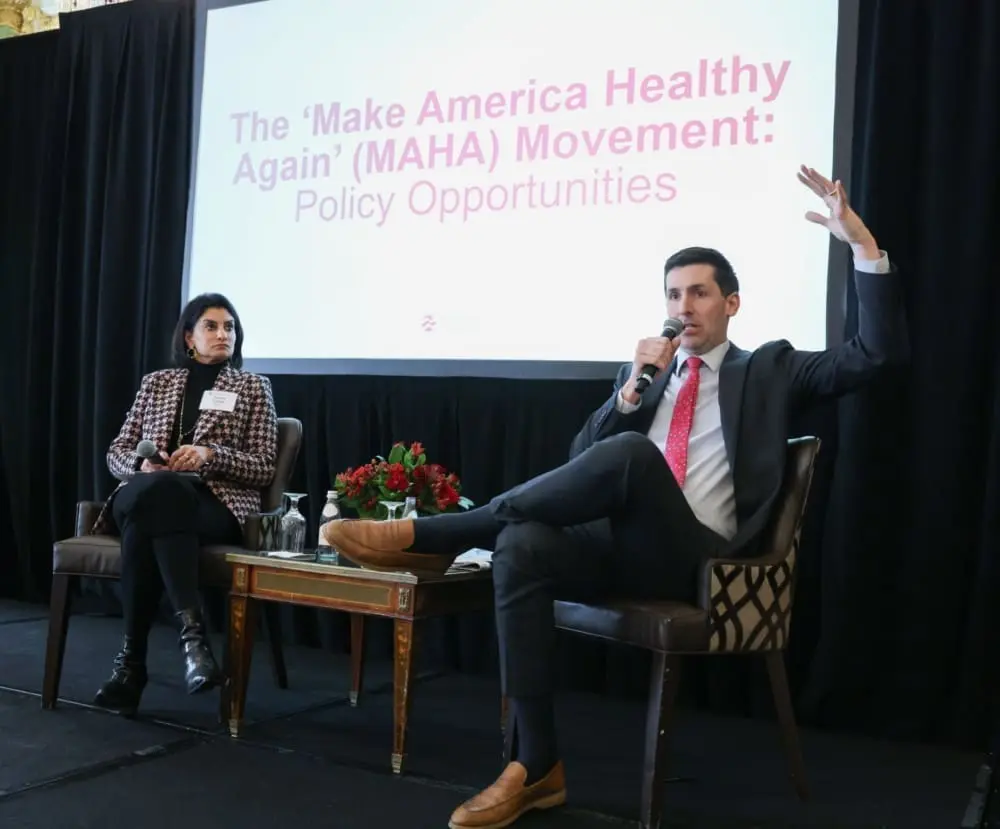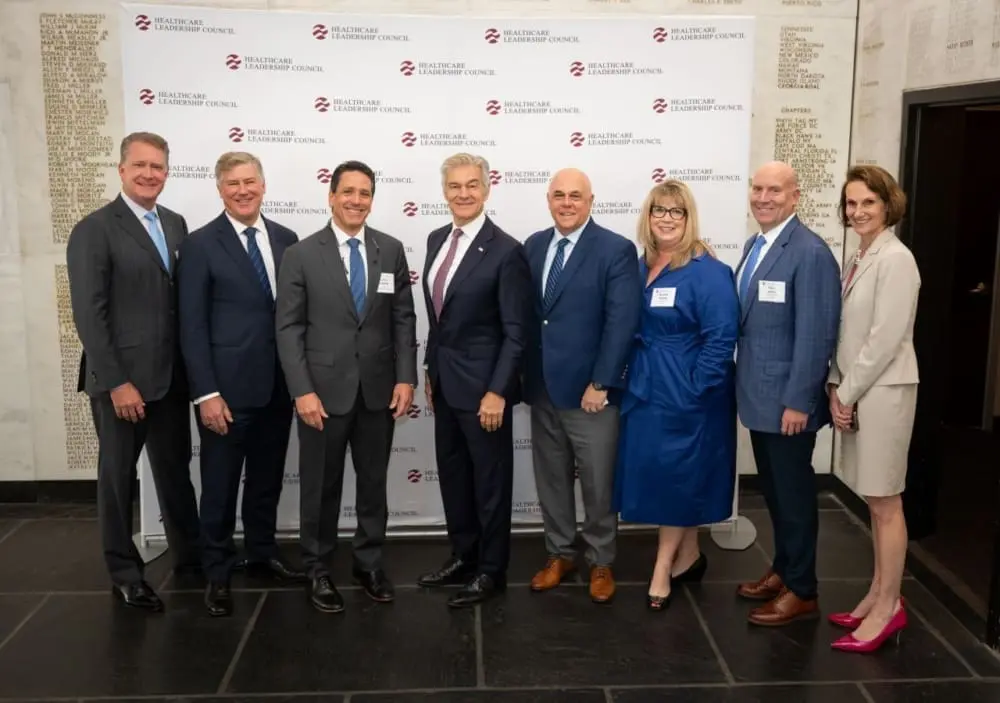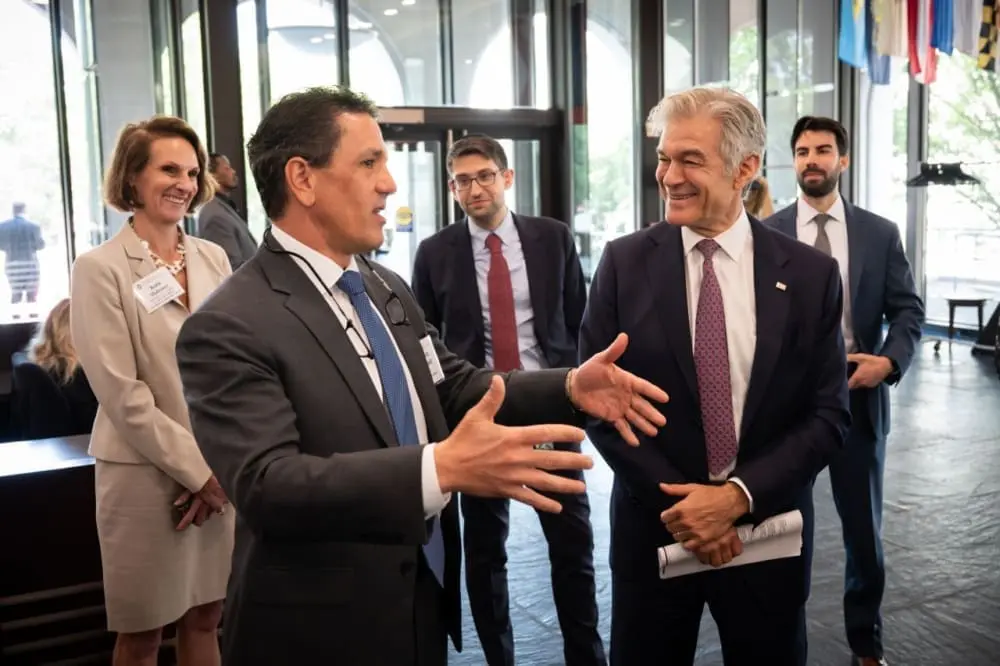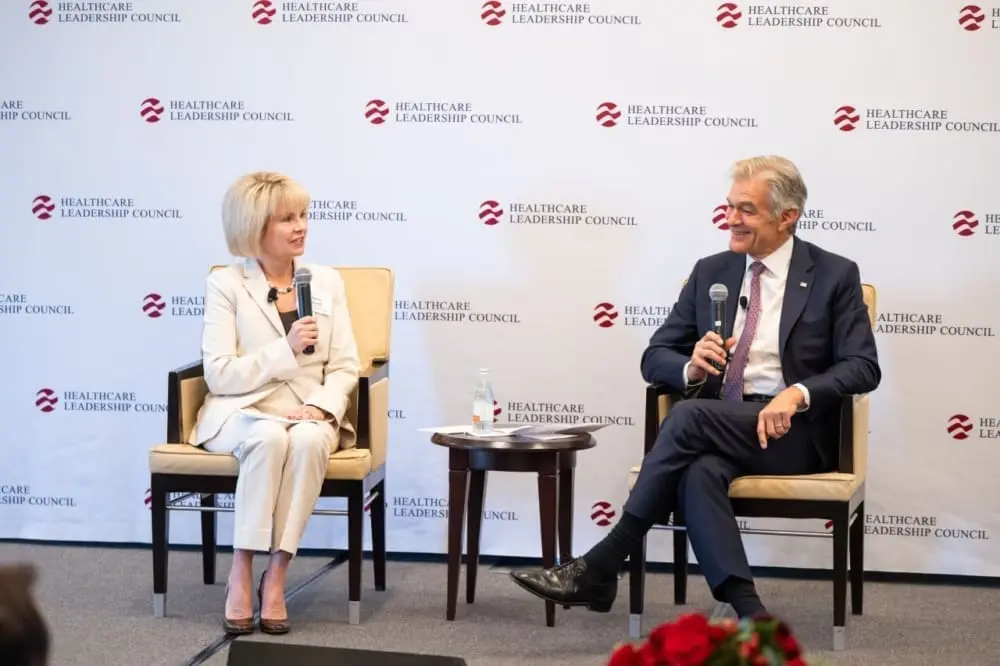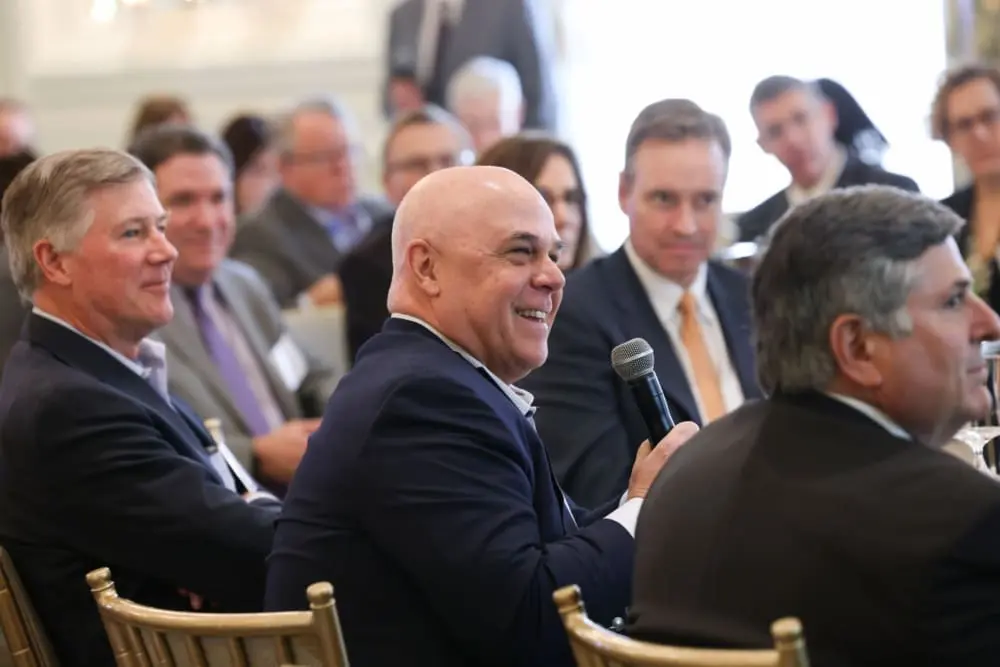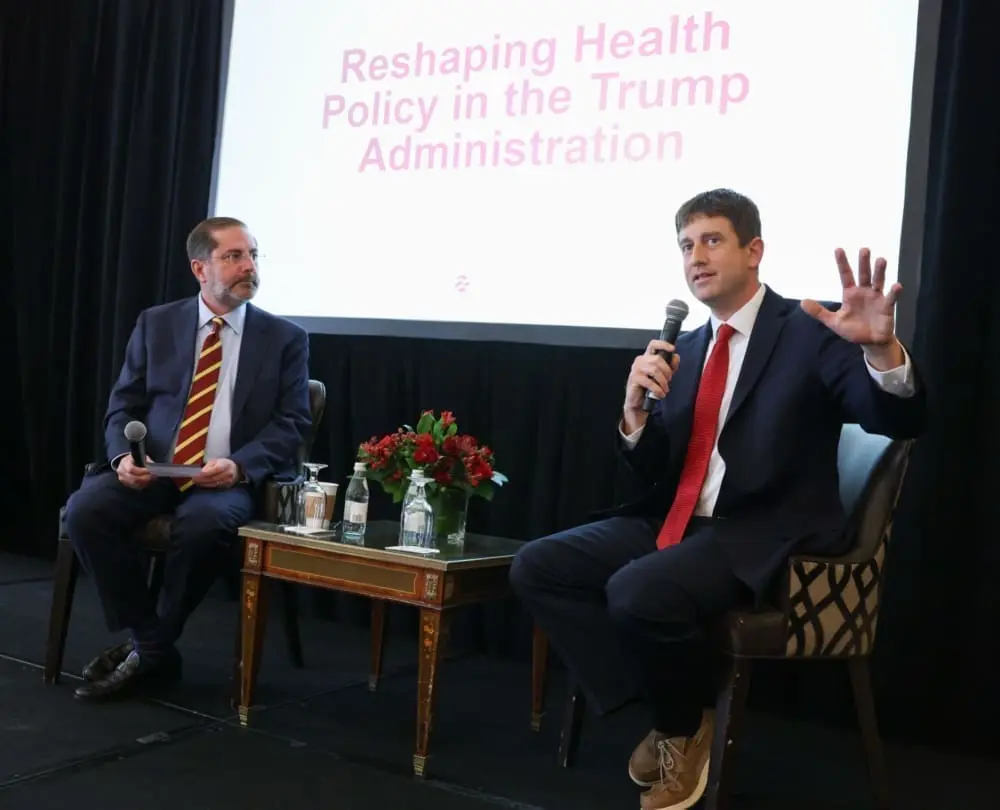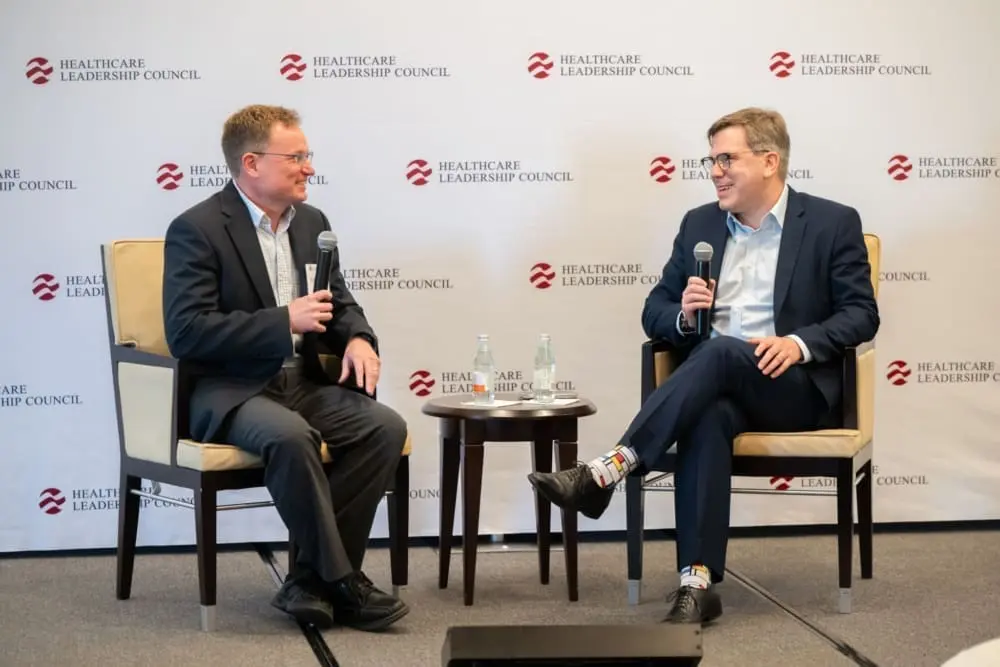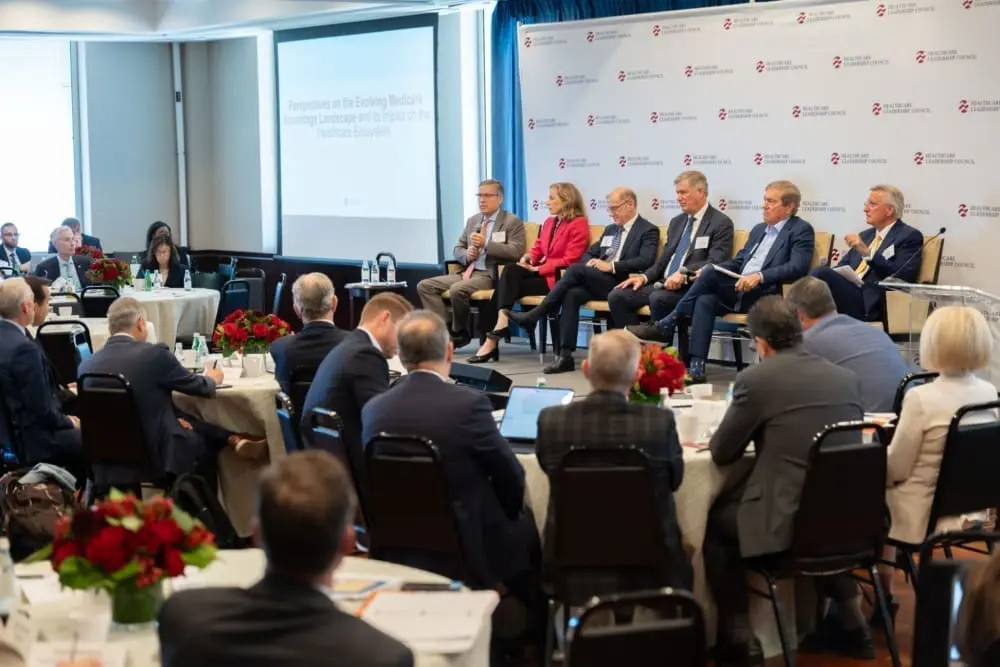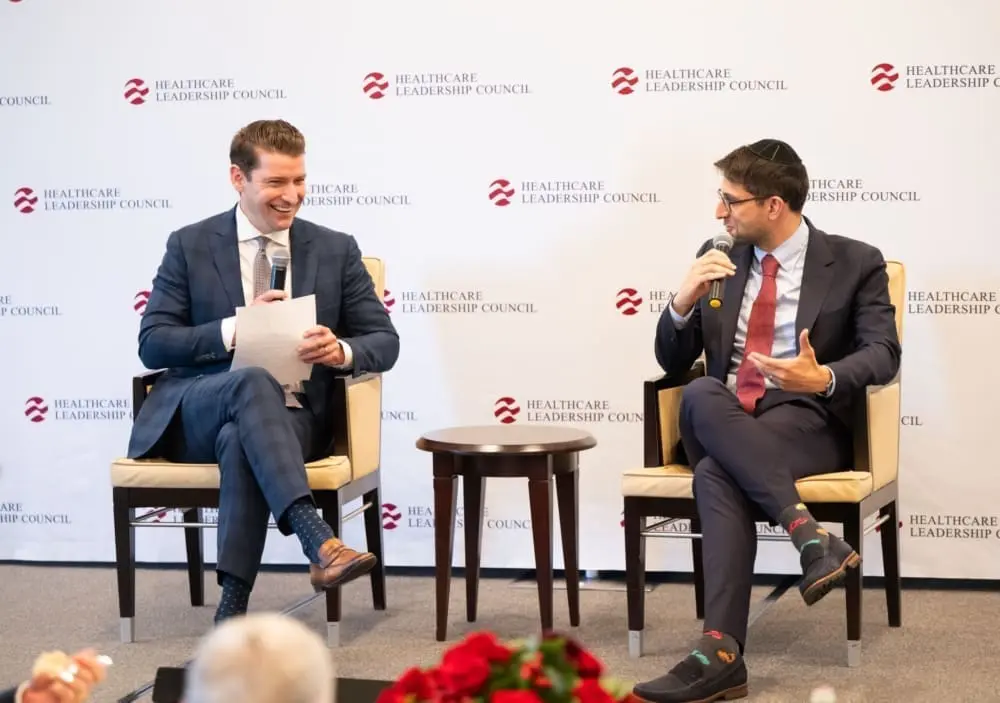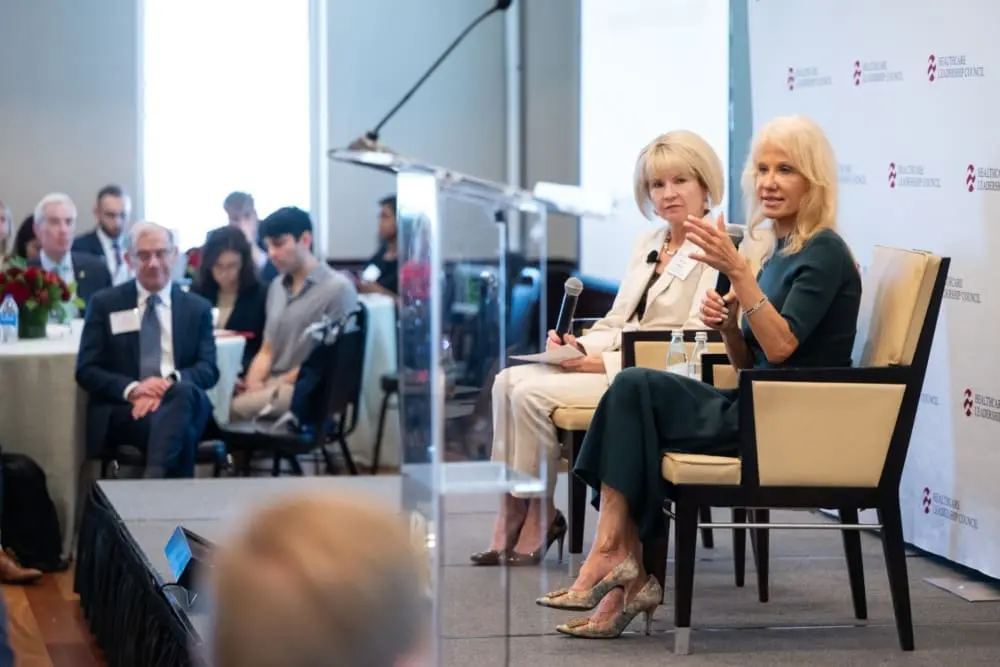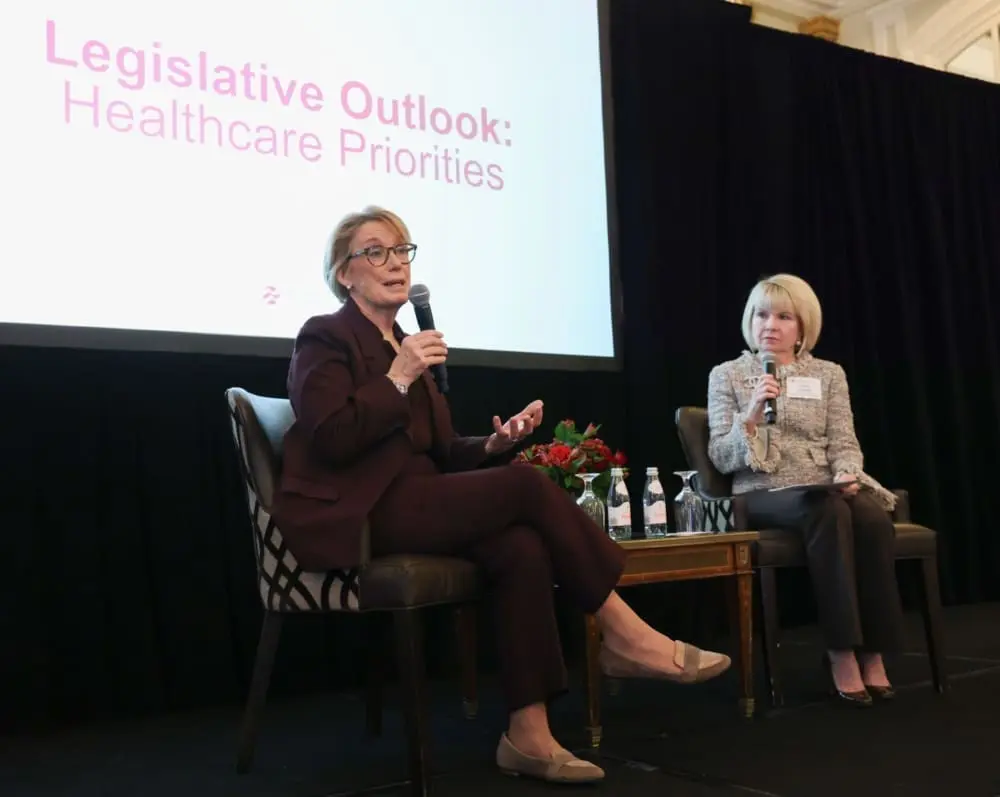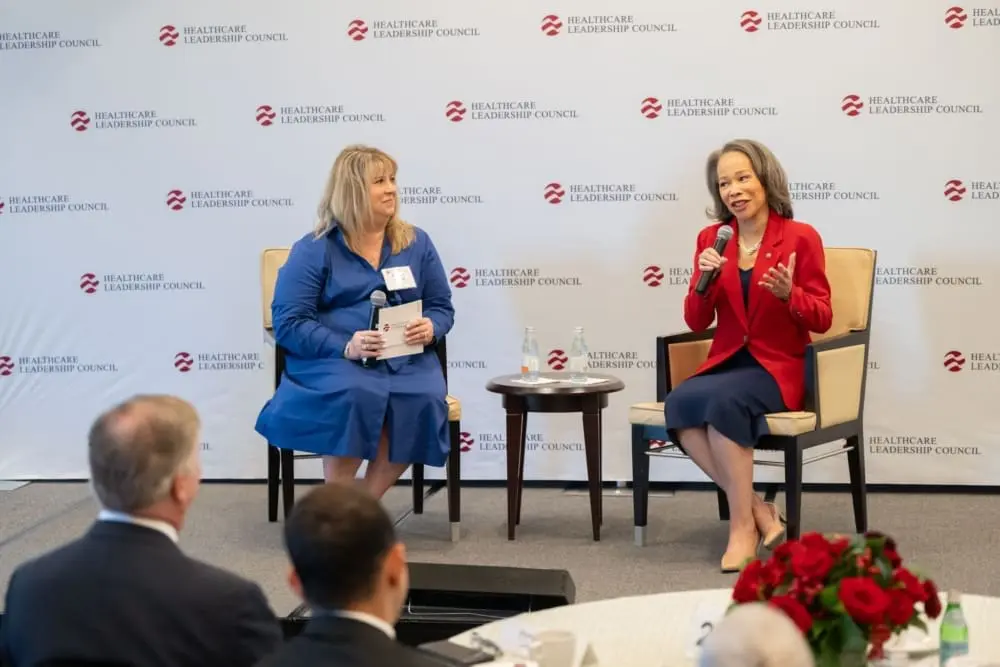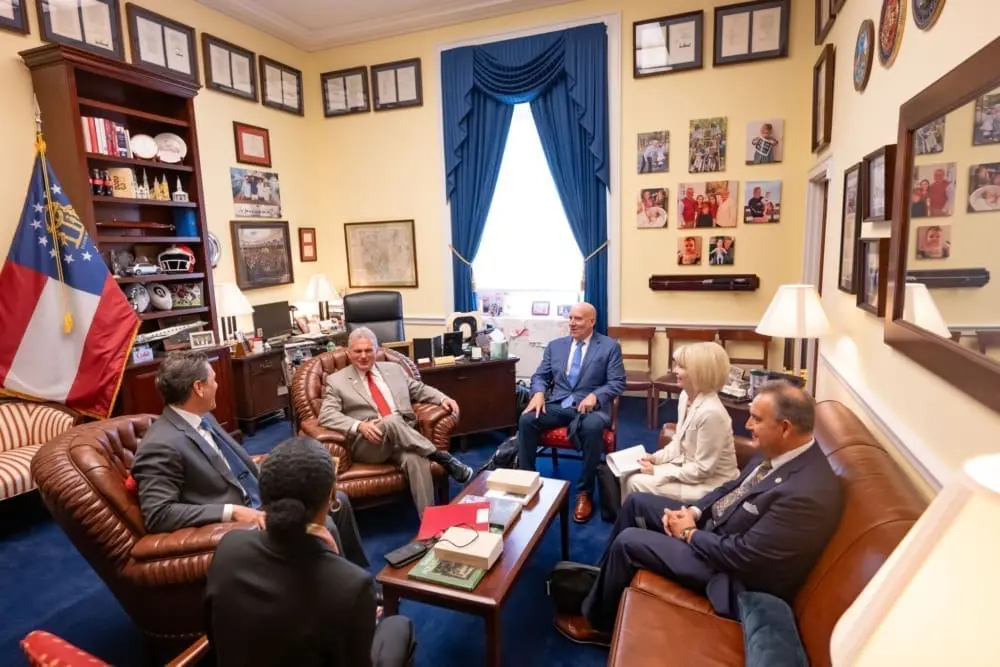Elevating Healthcare Expertise and Policy Discourse
Through membership meetings, cross-sector roundtables, and virtual briefings, HLC creates direct pathways for members to engage with top policymakers, thought leaders, and industry innovators. Each event is designed to foster candid dialogue, elevate member expertise, and shape the national conversation on healthcare priorities.
The CEO Forum Group's 5th Annual Healthcare Transformative CEO Summit
On December 11, HLC’s President and CEO Maria Ghazal hosted a panel at The CEO Forum Group’s 5th Annual Healthcare Transformative CEO Summit. The session, “Healthcare Strategy in 2026 and beyond,” featured insights from panelists:
- Heyward R. Donigan, CEO, Health Network One (Former CEO RiteAid)
- Jan Herzhoff, PhD, President & CEO, Elsevier Health
- Don Antonucci, President, Providence Health
- Wyatt Decker, MD, Chief Physician, UnitedHealth Group

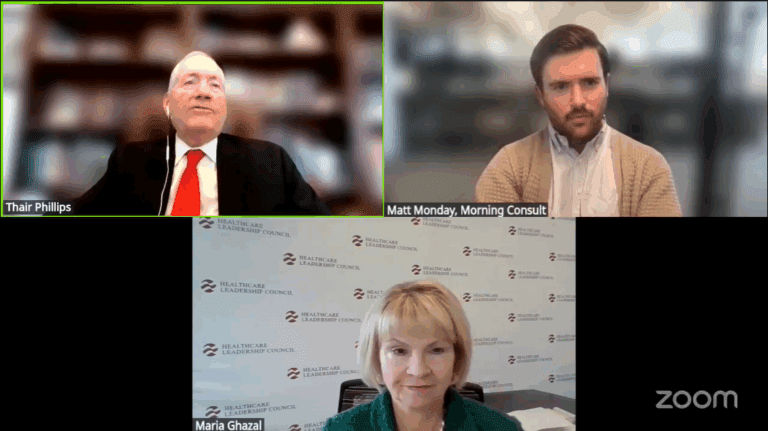
HLC's Seniors Speak Out Facebook Live Event with Morning Consult
Seniors Speak Out Spokesperson Thair Phillips hosted a Facebook Live event in early November. He was joined by HLC’s President and CEO Maria Ghazal as well as Morning Consult’s Matt Monday to discuss the results of the 2025 Senior Satisfaction Survey.
Recent HLC Events
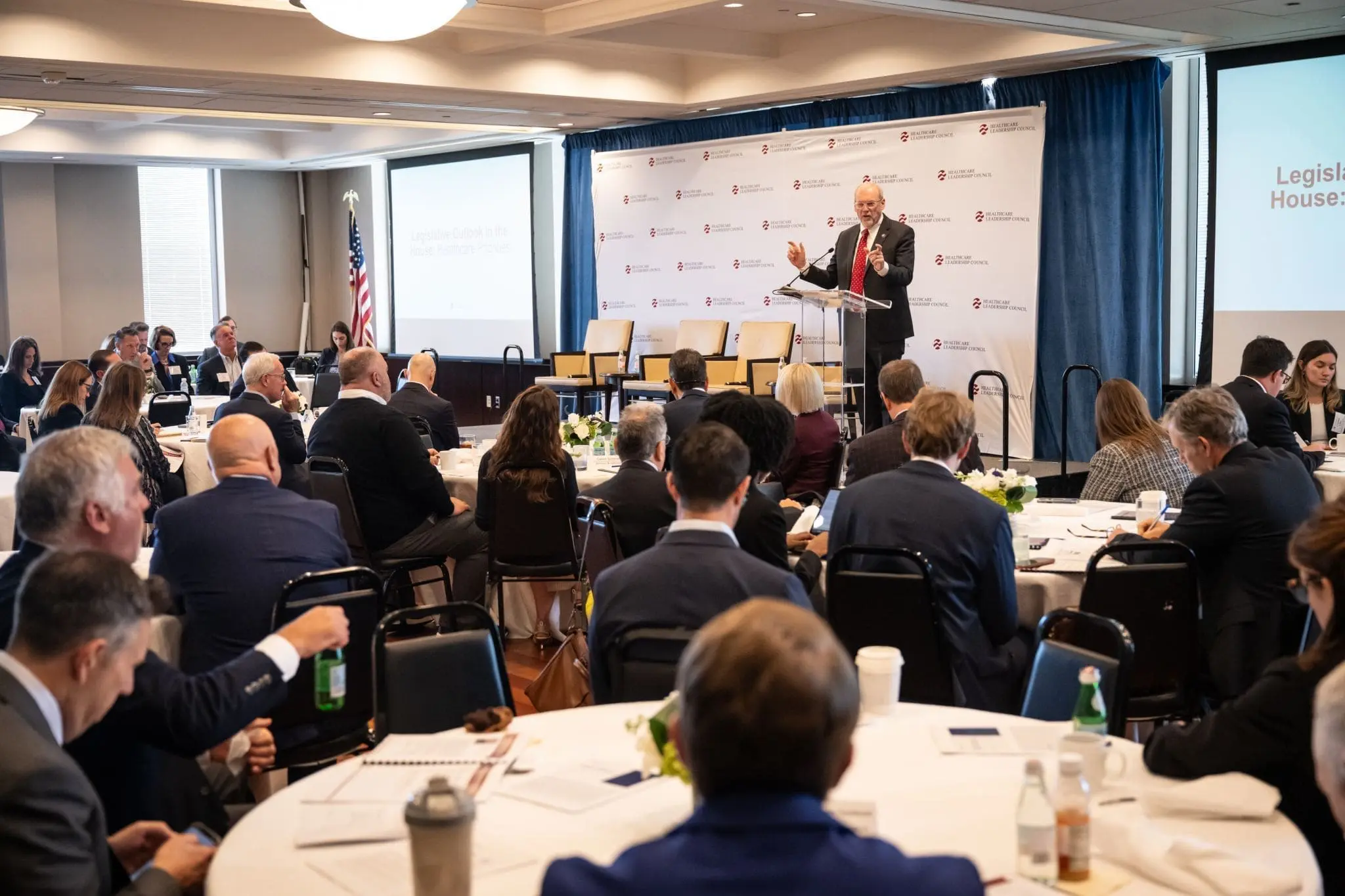
On September 15-16, HLC members convened for the third Membership Meeting of the year to hear from members of Congress and other leading voices in healthcare policy.

HLC members Barry Arbuckle of MemorialCare, Wyatt Decker, MD of UnitedHealth Group, and Kyle Wailes of Wellvana, explored actions to drive innovation, improve care and realize better health outcomes.

On June 3-4, HLC members convened for the second Membership Meeting of the year to hear from CMS Administrator Mehmet Oz and Deputy Administrator Abe Sutton, Kellyanne Conway, members of Congress and other leading voices in healthcare policy.
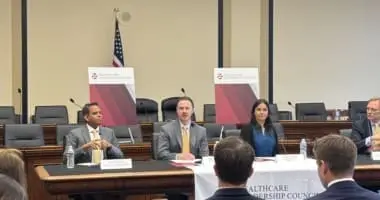
Cyber experts from HLC and Confidentiality Coalition member companies shared expertise while speaking at HLC’s Capitol Hill briefing, "Bolstering Cybersecurity in Healthcare."
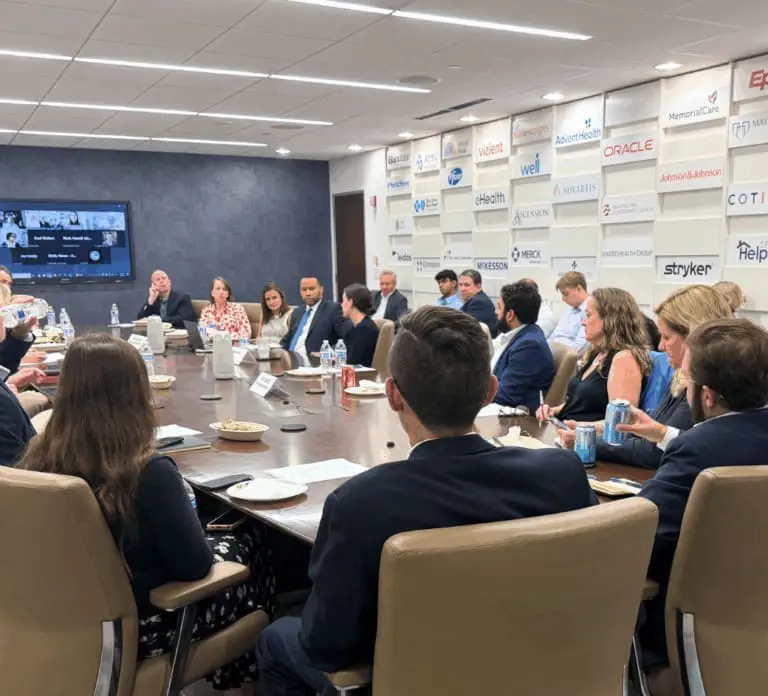
Engaging Legislators and Policymakers
Through HLC’s advocacy initiatives, our membership routinely meets with lawmakers and their staff to inform upcoming legislation.
Driving Meaningful Policy Change
HLC works each day to shape healthcare policy, engaging with Congressional leaders on our key policy priorities.
